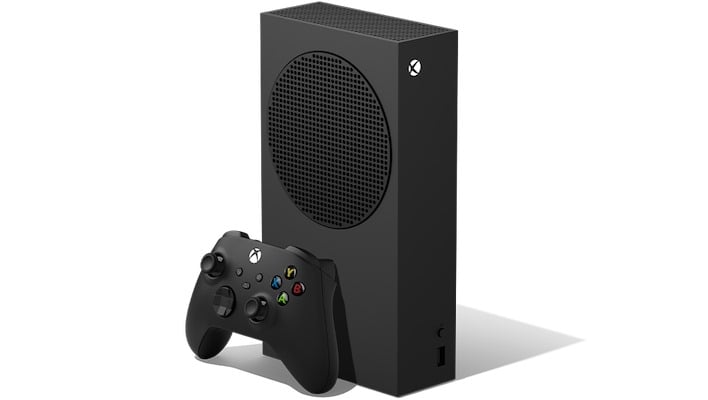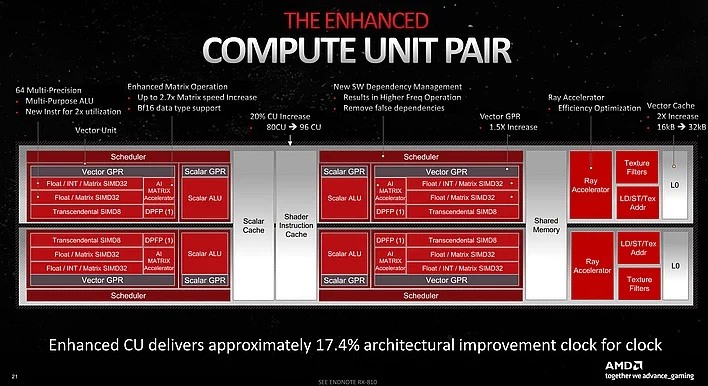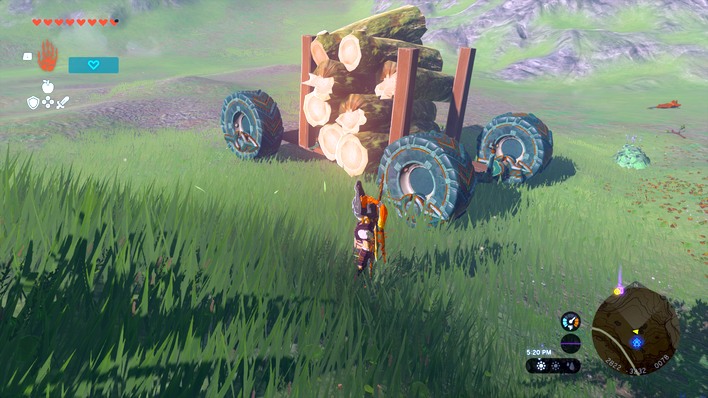Xbox Boss Addresses Mid-Generation Game Console Refresh Rumors At Gamescom


Comparing the Xbox Series X against a current-generation gaming PC, it's a slaughter. But does that actually make for better games? Phil says no. "I just look at what goes on on PC with high-end GPUs and high-end CPUs, and it's not always just about pixel count or frame resolution [...] there's a bunch of things that go into what makes a game look and feel great, and we have a ton of headroom as an industry there."
That's because Zelda pairs tried-and-true technology with innovative game design that encourages emergent gameplay, giving players immense agency to solve the challenges that the game presents to them. This concept of player agency is exactly why gamers are gobbling up Baldur's Gate 3 right now, and it also underpins the popularity of FromSoftware's games, like Elden Ring and the releasing-today Armored Core VI: Fires of Rubicon.
There have been persistent rumors of a mid-generation refresh over on the PlayStation side of things, but more recent leaks seem to imply that there won't be any such thing, and that instead, we'll see a new revision of the PlayStation 5 hardware with the same capabilities, but with the optical drive becoming an optional accessory. This lets Sony manufacture just one version of the hardware, and then it can sell bundles that either pack in or omit the optical drive, mirroring the two different models currently available.

Along similar lines, while RDNA 3 does have architectural improvements over RDNA 2, the main gain between the Radeon RX 6950 XT and the Radeon RX 7900 XTX is that the latter GPU is 50% wider, both in terms of shader engines and in terms of memory bus width. A new console APU that is a marked improvement over current-gen would simply have to be a very large chip. That would make those systems considerably more expensive, likely up into the $800 or $900 range at a minimum, and game consoles historically don't perform well at those price points.
Still, the post-COVID world is a different place, and clearly there are a lot of gamers with sufficient disposable income to buy $1000+ graphics cards. We expect that there would likely be a fair few console gamers who would be willing to pay $900 or even more for a super-fast console that can handle true 4K gaming without upscaling. We do think Sony and Microsoft would be better-served waiting for RDNA 3.5 or RDNA 4, though.



